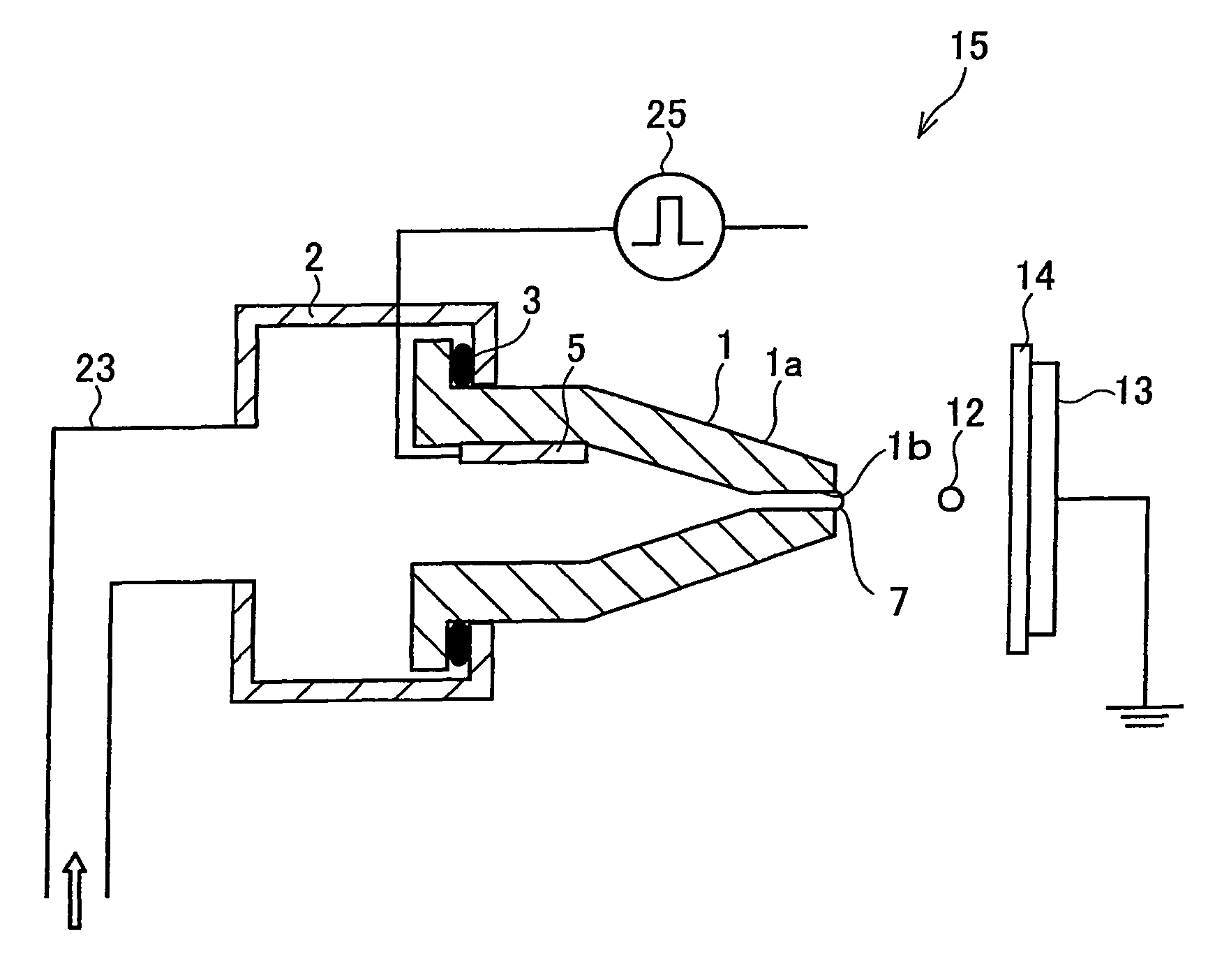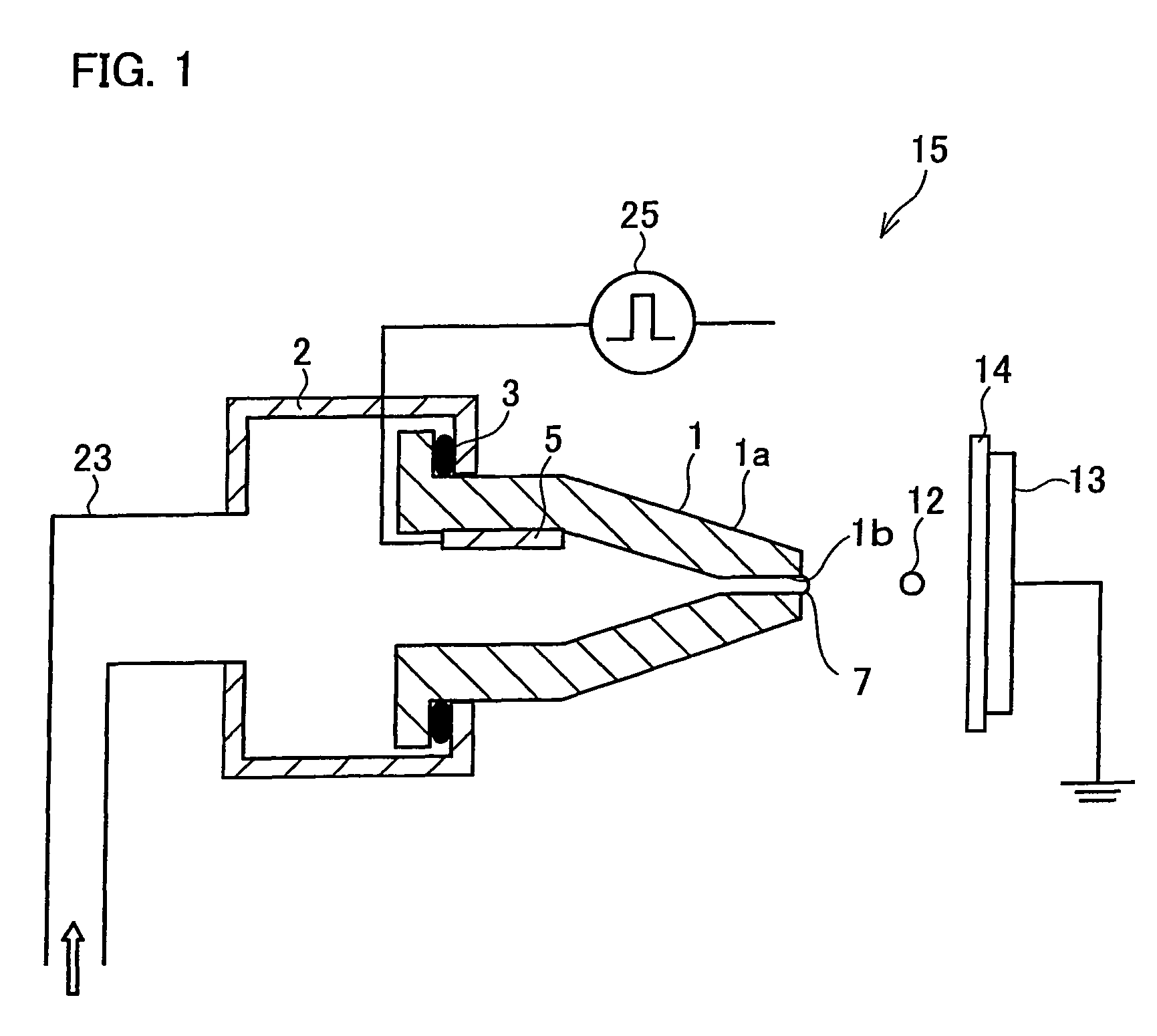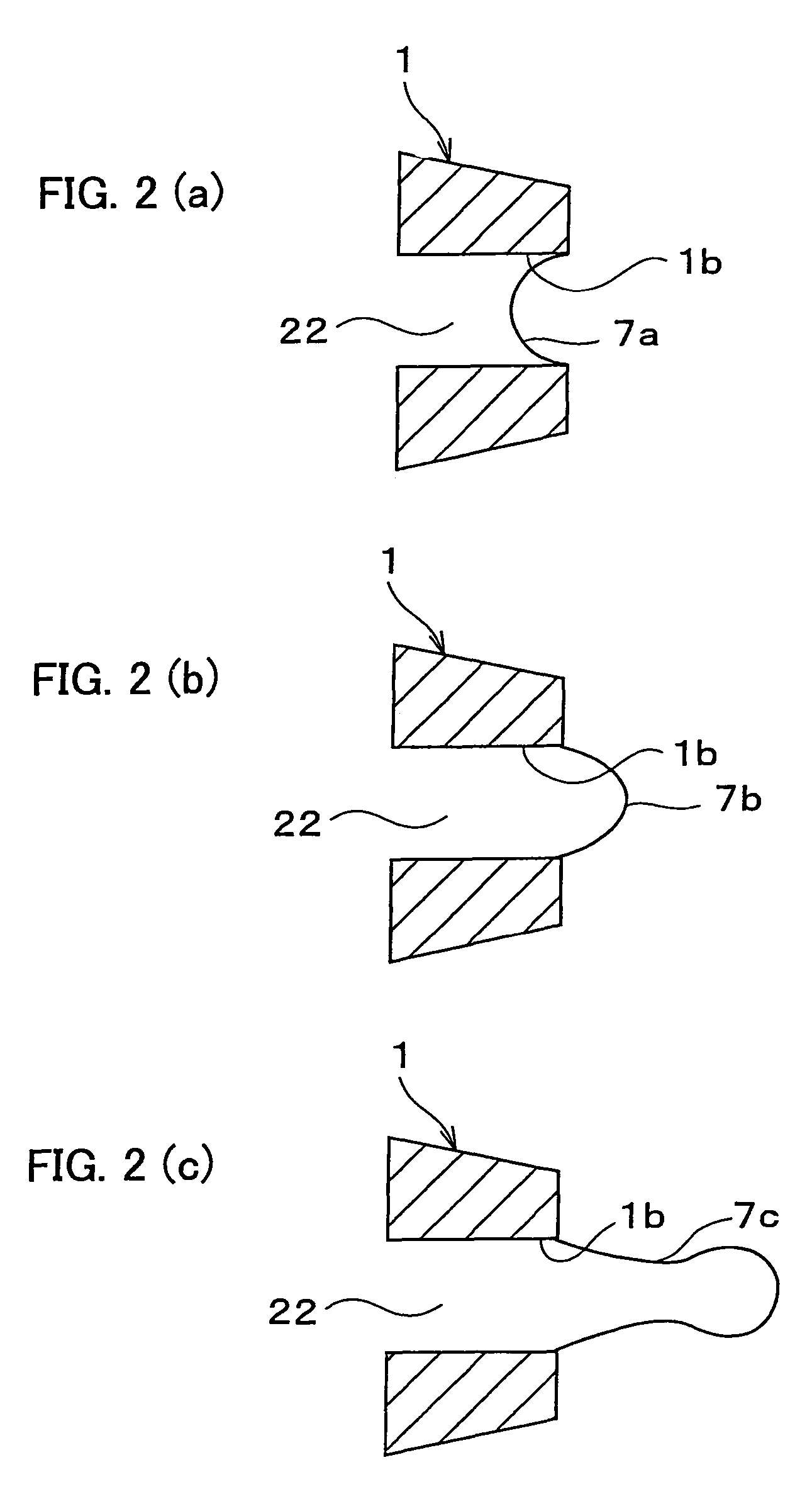Method and apparatus for manufacturing active-matrix organic el display, active matrix organic el display, method for manufacturing liquid crystal array, liquid crystal array, method and apparatus for manufacturing color filter substrate, and color filter substrate
a technology of organic el and active matrix, which is applied in the direction of inking apparatus, instruments, non-linear optics, etc., can solve the problems of organic el material having to be applied in a non-desirable position, easy damage to the previous organic el layer, and increasing material cost, so as to achieve accurate and easy formation of organic el layer
- Summary
- Abstract
- Description
- Claims
- Application Information
AI Technical Summary
Benefits of technology
Problems solved by technology
Method used
Image
Examples
embodiment 2
[Embodiment 2]
[0360]The following explains a preferred embodiment of the present invention in reference to drawings.
[0361]In order to manufacture a liquid crystal array of the present embodiment, the electrostatic attraction type inkjet apparatus explained in reference to FIGS. 1 to 8 is used.
[0362]The following explains a configuration of the liquid crystal array of the present embodiment.
[0363]As illustrated in FIG. 22, the liquid crystal array of the present embodiment includes (i) a TFT substrate 151, (ii) a color filter substrate 152, (iii) spacers 153 provided between those substrates, and (iv) liquid crystal 154 filled in a gap between the substrates which gap is made by the spacers 153.
[0364]The TFT substrate 151 is so arranged that an insulating substrate 155, gate electrodes 156b, a gate insulating film 157, an interlayer insulating film 158, pixel electrodes 159 and alignment films 160 are sequentially formed in this order. Meanwhile, the color filter substrate 152 is so ...
PUM
 Login to View More
Login to View More Abstract
Description
Claims
Application Information
 Login to View More
Login to View More - R&D
- Intellectual Property
- Life Sciences
- Materials
- Tech Scout
- Unparalleled Data Quality
- Higher Quality Content
- 60% Fewer Hallucinations
Browse by: Latest US Patents, China's latest patents, Technical Efficacy Thesaurus, Application Domain, Technology Topic, Popular Technical Reports.
© 2025 PatSnap. All rights reserved.Legal|Privacy policy|Modern Slavery Act Transparency Statement|Sitemap|About US| Contact US: help@patsnap.com



